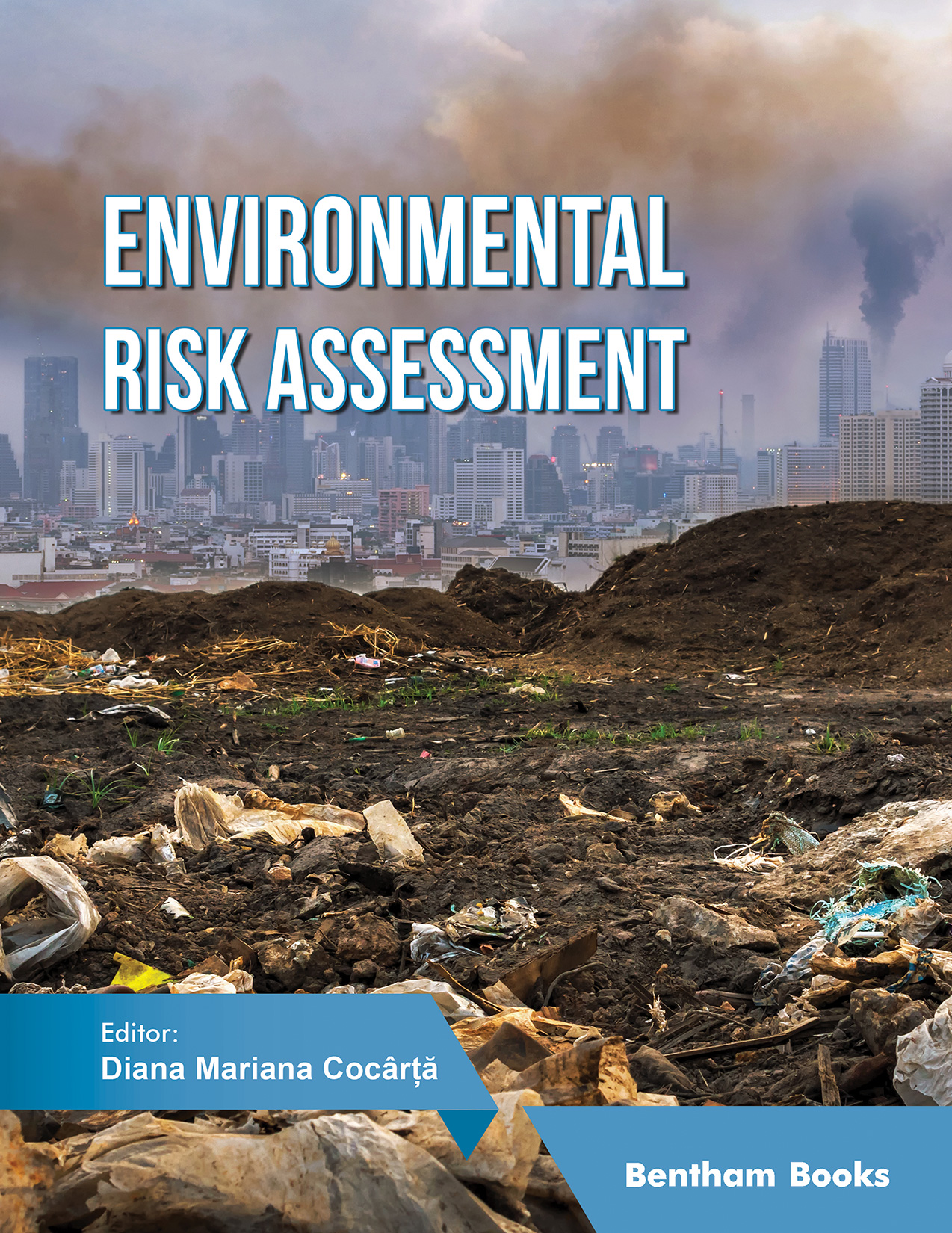Environmental pollution has been a topic of growing interest all over the world, in both developed and developing countries. At the global level, decision makers are constantly trying to identify sustainable solutions for environmental pollution issues. Multiple international agreements have been adopted to set out a global framework to avoid the dangerous effects of environmental pollution. All these actions also aim to strengthen countries’ ability to deal with the impact of environmental pollution and support them in their efforts to mitigate it.
With a rapid increase in population, the demand for energy, food production, machine development, and increasing trends of urbanization has resulted in serious soil, water, and air pollution that affects the surrounding environment and includes human health. According to the World Health Organization (WHO), 24% of all estimated global mortalities are linked to environmental pollution.
Sustainable development has been defined in many ways, but the most frequently quoted definition is from
Our Common Future: “
Sustainable development is a development that meets the needs of the present, without compromising the ability of future generations to meet their own needs”. In this context, according to the World Health Organization, every day, approximately 93% of the world’s children under the age of 15 years (1.8 billion children) breathe air that is so polluted; it puts their health and development at serious risk. The deaths of 297,000 children aged under 5 years could be avoided each year if risk factors like unsafe drinking water, sanitation, and hand hygiene are addressed.
On the other hand, environmental pollution has led to serious disruptions in natural systems:
e.g., snow and ice are melting, hydrological and biological systems are changing, and negative pollution effects are not stopping here. The consequences of environmental pollution for biodiversity and ecosystem conservation have also been observed in the degradation of the benefits that natural ecosystems provide for society, named ecosystem services. Examples of ecosystem services include products such as food, fibres, fuels and water; regulation of air quality and soil fertility; control of floods, soil erosion, crop pollination, and disease outbreaks; and non-material benefits such as recreational, cultural and spiritual benefits in natural areas.
The proposed book has the main aim of a broad vision of the main environmental systems: soil, water, and air. The chapters are focused on a risk-based approach to the environment and a deep dive into risk management implementation, risk considering contaminated sites, air quality, safe drinking water, and the importance of risk analysis in waste management, followed by good practices considering environmental hazards and tools in assessing risks on human’s health.
In concordance with the sustainable development definition, the environment must be protected and sustainably managed. This responsibility is ours, together, we should create an educated and correctly informed society regarding environmental protection. Aware of the multiple benefits of a clean environment on human health, our actions as individuals and societies should be only in the environmental protection direction. Stefania Giannini (UNESCO Assistant Director-General for Education) said that “
through education, we could create a peaceful and sustainable world for the survival and prosperity of current and future generations”. In this context, the proposed book represents a guideline for students that study in the environmental engineering fields. The book aims to enable learners to develop knowledge and awareness about environmental risk management and take action to transform society into a more sustainable one. Developing an educated and correctly informed society is a top priority because it is the foundation on which we build peace and drive sustainable development.
Diana Mariana Cocârță
Department of Energy Production and Use
Faculty of Energy Engineering
University POLITEHNICA of Bucharest
Romania

